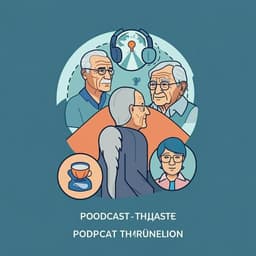
Social Work
Emergence and evolution of social networks through exploration of the Adjacent Possible space
E. Ubaldi, R. Burioni, et al.
Discover a groundbreaking microscopic model for social network growth by Enrico Ubaldi, Raffaella Burioni, Vittorio Loreto, and Francesca Tria! This research vividly illustrates the dynamics of acquiring acquaintances and interactions, validating its findings against real-world networks like Twitter and co-authorship in APS.
Playback language: English
Related Publications
Explore these studies to deepen your understanding of the subject.







